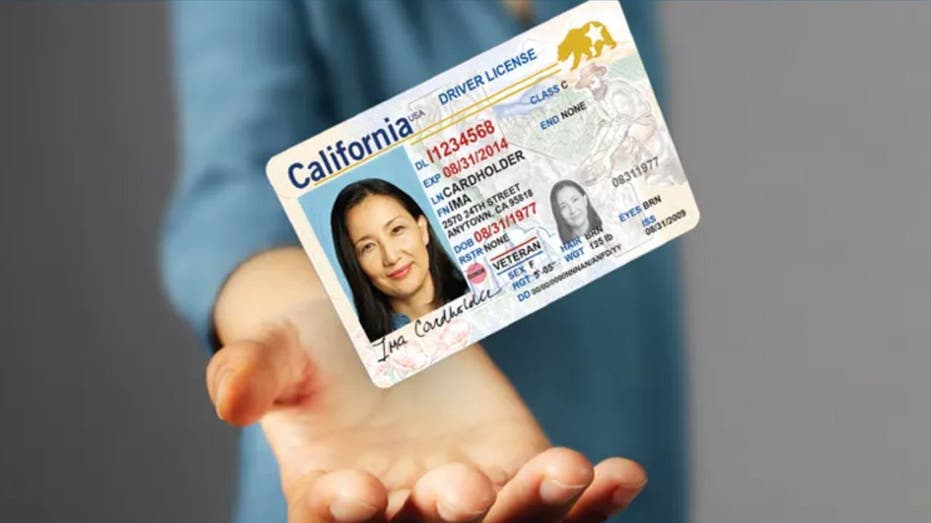How to Ensure Smooth Flying Post-REAL ID Deadline

As of May 7, 2025, the highly anticipated REAL ID requirement has officially been implemented across the United States. This new regulation mandates that travelers present a REAL ID-compliant driver’s license, a valid passport, or another federally approved form of identification to board domestic flights or access certain federal facilities.
Understanding the REAL ID Requirement
The introduction of the REAL ID Act in 2005 aimed to enhance security standards for state-issued identification, following recommendations from the 9/11 Commission. Under this new requirement, anyone aged 18 and older must show a REAL ID-compliant driver’s license (indicated by a star in the upper corner), a valid passport, or another TSA-approved form of ID when traveling domestically or entering specific federal buildings. Travelers who fail to present an acceptable form of ID may be denied entry at airport security, regardless of whether their current ID has been accepted in the past.
-
NASA’s Ingenuity Helicopter: A Leap into Martian Aerial Exploration

- Comparison: Corsair Scimitar Elite RGB – wireless MMO mouse with 16 buttons
-
Major Supply Chain Breach: Malicious Code Embedded in Billions of Weekly Open Source Downloads

- What is Blockchain Technology: Principles, Benefits, and Applications
Concerns Among Retired Military Members
The rush to comply with the REAL ID requirement has led to crowded DMVs, prolonged wait times, and confusion, particularly among retired military personnel. Many retired military members are worried about the implications of the new ID regulations, especially after reports of glitches in TSA software that misread “indefinite” expiration dates on certain military IDs. Fred from Oklahoma expressed the frustration of many in a recent email, highlighting the need for clarity on how these changes might affect them.
The Good News: Military IDs Are Still Accepted
For retired military members and their dependents, there is reassuring news: Defense Department-issued IDs, including Common Access Cards and Uniformed Services ID cards, continue to be accepted by the TSA for domestic air travel. This includes cards with “INDEF” expiration dates, despite previous concerns about potential rejections due to software issues. However, travelers should be aware that some TSA systems may still misinterpret these dates, leading to requests for alternative forms of identification. It’s advisable for military members to carry a backup ID when traveling to avoid unexpected delays.
Alternatives to REAL ID
If you arrive at the airport with a standard driver’s license that is not REAL ID compliant and lack a passport or other approved ID, you may face delays or even denial of entry at the security checkpoint. To avoid these issues, the TSA recommends that travelers check their identification ahead of their trips.
For those with a valid Global Entry card, there’s good news: you do not need to obtain a REAL ID-compliant driver’s license to fly domestically after the deadline. The Global Entry card, which is a Department of Homeland Security Trusted Traveler card, is accepted by the TSA as an alternative to REAL ID. Other DHS Trusted Traveler cards like NEXUS, SENTRI, and FAST are also valid. However, some travelers have reported issues with TSA agents being unfamiliar with these cards, so carrying an additional form of ID, such as a passport, is advisable.
Steps to Obtain a REAL ID
For those who still need to obtain a REAL ID, the process can begin even after the deadline. While your existing license remains valid for driving and non-federal purposes, here’s a quick guide on what you’ll typically need:
1. **Proof of Identity**: A valid U.S. passport or birth certificate.
2. **Social Security Number**: Documentation to validate your SSN.
3. **Proof of Residency**: Two documents displaying your current address (e.g., utility bills, bank statements).
4. **Name Change Documentation**: If applicable, bring legal proof of any name changes (marriage license, divorce decree, etc.).
Be aware that a valid passport or passport card will always be accepted for domestic flights, eliminating the immediate need for a REAL ID. However, for federal facilities requiring a REAL ID for entry, you will need to have one.
Final Thoughts on the REAL ID Transition
With the REAL ID deadline now in effect, it’s understandable to feel a bit overwhelmed by these changes. Whether you’re a frequent flyer or planning a last-minute trip, ensuring you have the right identification is more critical than ever. For retired military members, the continued acceptance of military IDs provides some peace of mind, but carrying a backup ID is a wise precaution.
We’d love to hear your thoughts on the new REAL ID rules and how you’re adapting. Feel free to share your experiences or questions with us.
For more tech tips and security insights, consider subscribing to the CyberGuy Report Newsletter. Stay informed and prepared as you navigate your travel plans in this new landscape of identification requirements.
